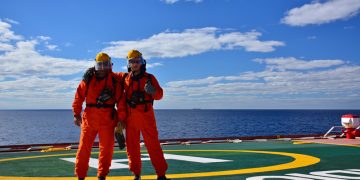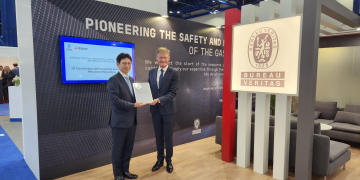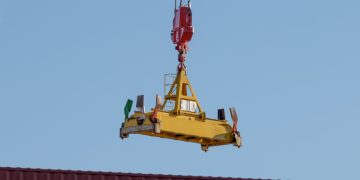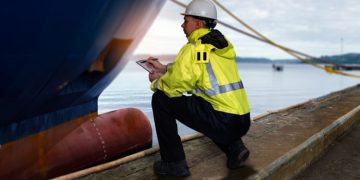CHIRP Maritime has shared an event in which the careful vigilance of vessel crew prevented a mooring incident, to provide lessons learned.
The incidents
A long, low-amplitude swell was causing a steady yawing and rolling motion of up to around 1.2m from the wharf on a 93,000-tonne deadweight bulk carrier alongside. During this time, a forward spring line running over the edge of the shipside roller fairlead began interacting with another mooring line causing significant abrasion damage.

What went right
As IMCA informed, good monitoring of the lines by the vessel crew picked up the damage. There was good communication on the vessel and between the vessel and the terminal. The lines were replaced and re-run by the ship’s crew before they parted.
What went wrong
It was observed by CHIRP that the design of the roller fairleads was not optimised to prevent contact with the sheer strake. Additionally, like many vessel spring lines, they can be susceptible to abrasion when environmental conditions at the port result in excessive movement.
Lessons learned
- The importance of good communication and good teamwork;
- CHIRP notes that many mooring fixtures and fittings are applied to the ship’s structure to meet compliance with the ship’s design requirements. Still, many are not properly designed to ensure that their directional lead is optimised to prevent abrasion of the line and maximising their resistance to the applied force on the line.




































































